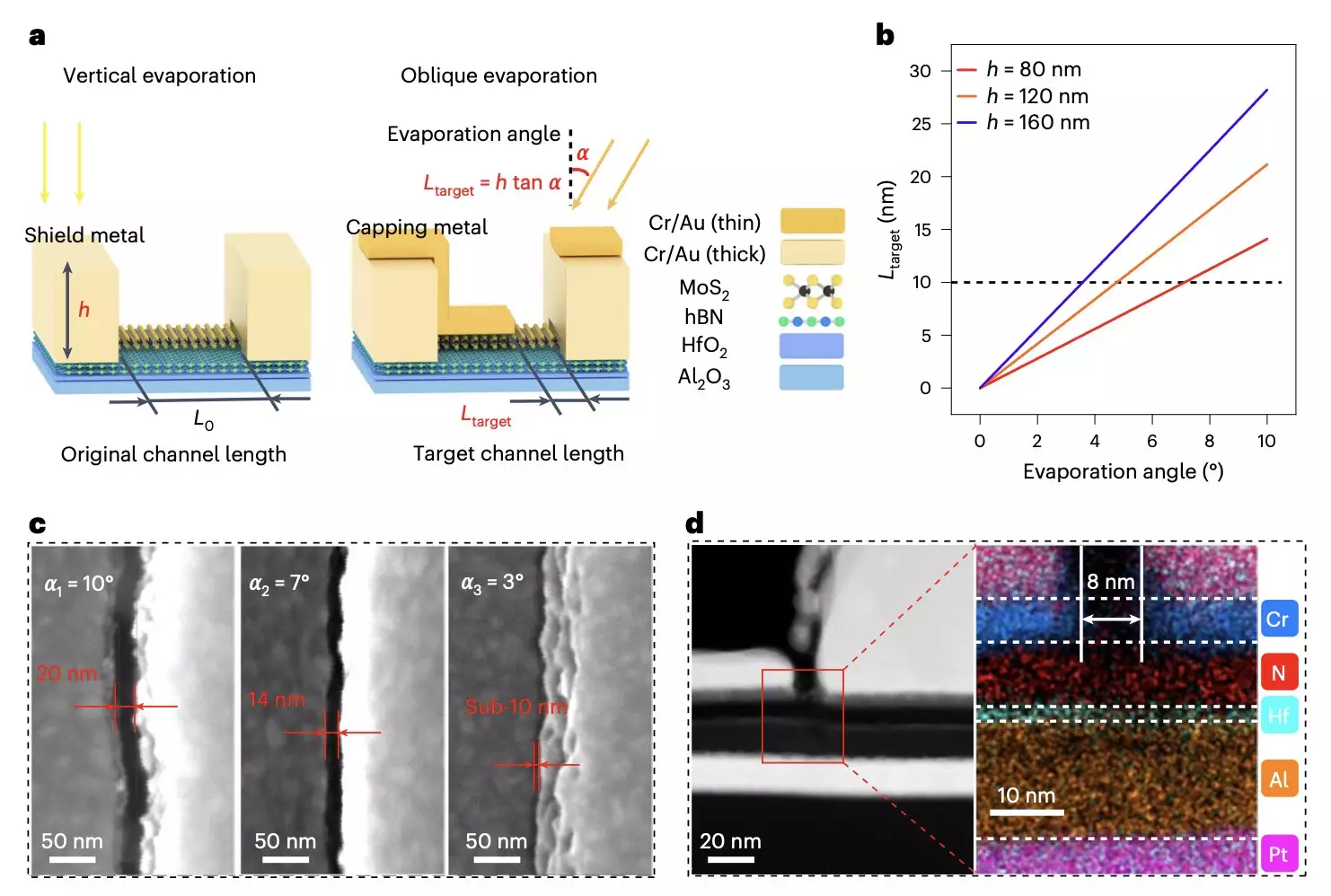As artificial intelligence (AI) continues to expand into nearly every sector, the imperative for advanced computational resources becomes increasingly urgent. Central to this progression is the need for high-performance memory devices capable of handling vast amounts of data quickly and efficiently. Traditional memory solutions are struggling to keep pace with the demands of modern AI applications, necessitating innovations in data storage technology. High-bandwidth memories have emerged at the forefront of this conversation, presenting the promise of increased memory bandwidth that can facilitate faster data transfers while simultaneously reducing energy consumption.
Despite the prevalence of flash memory technology—essential for non-volatile data retention—the performance characteristics of existing flash solutions tend to lag behind the requirements of high-speed data processing. Current flash memory typically exhibits limited speed, which can hinder the rapid data access essential for sophisticated AI algorithms. Consequently, engineers and researchers have directed their focus toward the development of ultrafast flash memory options that can address this speed bottleneck directly. Recent advancements have led to the exploration of two-dimensional (2D) materials, which present intriguing possibilities for creating memory devices that outperform traditional flash solutions.
Recent research conducted by engineers at Fudan University has delineated significant progress in the realm of integrating ultrafast flash memory using 2D materials. Their study, published in the prestigious journal Nature Electronics, showcases a novel methodology for combining 1,024 ultrafast flash-memory devices with a remarkable yield surpassing 98%. The authors, including Yongbo Jiang and Chunsen Liu, highlight that while these 2D materials have the potential for high-speed performance, practical applications have been impeded by interface engineering challenges. Most ultrafast performances observed thus far have derived from exfoliated materials, with lengthy channel configurations that limit viability in real-world applications.
Innovative Fabrication Techniques Used in the Study
To advance the scalability of ultrafast flash memory, the Fudan University team employed an array of sophisticated fabrication techniques, such as lithography, e-beam evaporation, and atomic layer deposition. Notably, they implemented a polystyrene-assisted transfer technique alongside a thermal annealing process to achieve their desired structure. They explored two distinct tunneling barrier configurations: HfO2/Pt/HfO2 and Al2O3/Pt/Al2O3, providing a robust foundation for their memory stacks. The results indicated that their approach effectively transcended traditional limitations, achieving channel lengths below 10 nm—an extraordinary feat as this scale surpasses that of current silicon flash memory technology.
Initial experiments validate the significant promise embodied by this novel integration method, suggesting a pathway toward practical, scalable ultrafast flash memory devices. With capabilities to store up to 4 bits of information and maintaining performance even at sub-10 nm dimensions, these devices respond to the pressing demand for more efficient memory solutions in AI and beyond. The implications extend beyond performance enhancements; increased endurance levels exceeding 10^5 cycles suggest that 2D-based flash memories can withstand prolonged usage, making them a compelling choice for future applications.
Looking ahead, the research team anticipates that their proprietary integration methodology can facilitate the development of flash memory arrays leveraging a broader spectrum of 2D materials and varied memory architectures. This broadening of scope has the potential to pave the way for large-scale deployment of ultrafast flash memories, revolutionizing how data is stored and accessed across multiple industries. As the tech landscape progresses, such innovations will not only enhance performance metrics but also sustain the momentum of AI-driven advancements—ultimately reshaping our relationship with data storage technology.


Leave a Reply